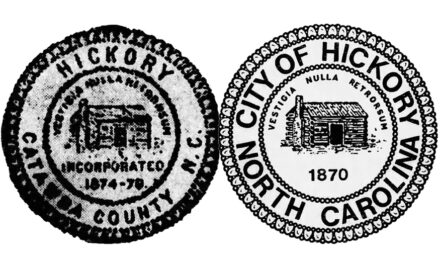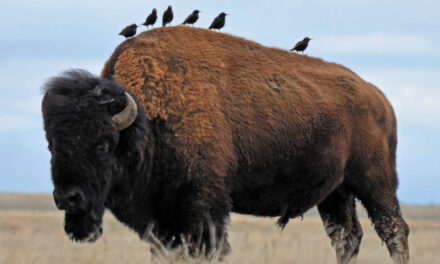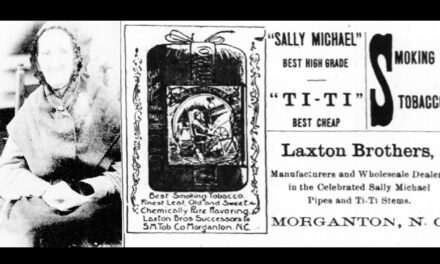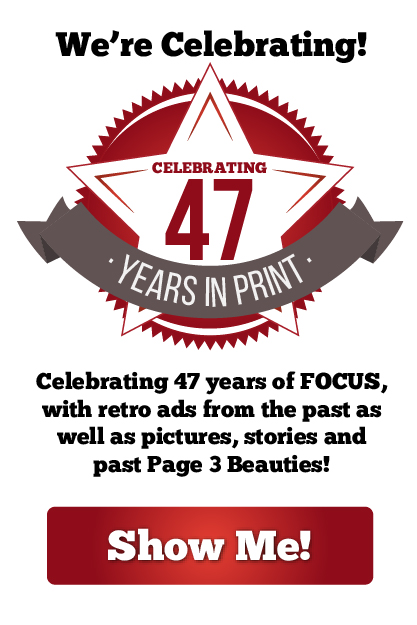
Last week, I started the quiz I use as a get-to-know-you kind of icebreaker for my American history courses. If you got those, consider yourself a history-centric inhabitant of Catawba County. Here are a few more.
Question #5. Before its use as a museum, this building (pictured) was used for what county function?
Answer A: County jail
Answer B: Mayor’s Office
Answer C: Water Department
Answer D: Tax Assessor Headquarters
Answer E: Court House
Here’s where I get to talk about the occasional ambiguity of questions. One this one, technically any answer, at one time or another could have been right. The building, completed e
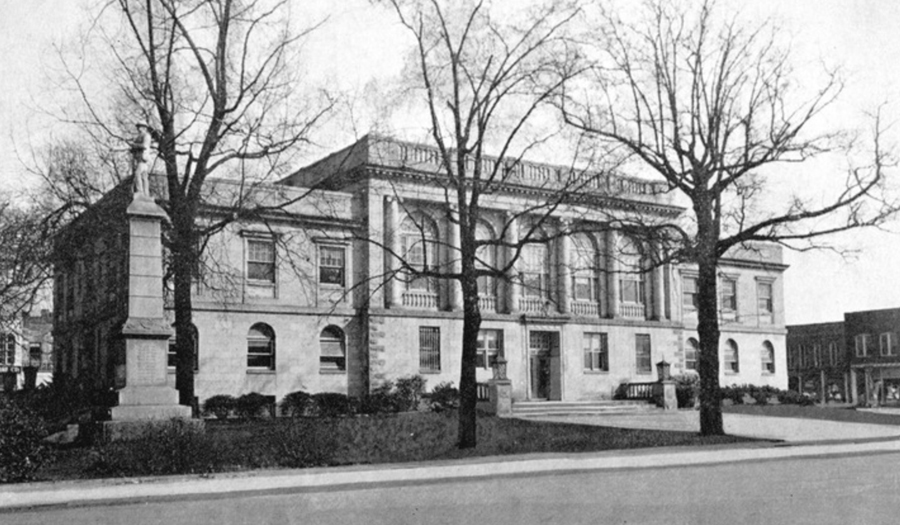
Photo: What was this building used for?
actly one century ago, housed all county business when county business could be contained within this building. If all answers could be true, what is the best answer. At that point, the choice of courthouse would be the best since the grand, second story courtroom is still a hallmark of the facility.
Question #6. In the early 19th century, which industry was important to Catawba (Lincoln) County?
Answer A: Gold
Answer B: Textiles
Answer C: Furniture
Answer D: Automobile parts
Answer E: Coaxial Cable
On this one you have to be tuned to what the question is asking. At one time textiles, furniture and coaxial cable were all important to the county. Some still are, however, in the early 19th century, furniture was still being made individually or by cabinet makers, textiles were still the domain of northern cotton mills and we were a long time from needing cable. So it comes down to gold or auto parts. Since the automobile was invented until the end of the 19th, that’s out. Thus, the Shuford Gold Mine, the remnants hidden today down in the southeastern side of the county becomes a point of interest.
Question #7. Which of the following is a tradition in Catawba County dating back prior to the Civil War?
Answer A: Soldier’s Reunion
Answer B: Balls Creek Camp Meeting
Answer C: Hart Square Festival
Answer D: Pottery Festival
Answer E: Friday Alive
With this question, I get a chance to mention several long standing events, unique to Catawba County. As I recall, Friday Alive was a Union Square event of the late 20th century. The pottery festival that comes annually in April has been around since then but doesn’t go back much further. Same thing for the October opening of Hart Square, which today has many more things going on that the one day Dr. Bob started as he opened up his campus of cabins to the public. In fact, the day I asked the questions this year was the third Thursday in August, the date of the Soldier’s reunion. Since it was started for veterans of the Civil War, it really couldn’t have gone back to before the way (a point of logic) and so Ball’s Creek (I always ask if anyone had been, a few have) which started in 1854 is the winner, winner, chicken dinner.
Question #8. Which animal is included on the Catawba County seal?
Answer A: Eagle
Answer B: Horse
Answer C: Cow
Answer D: Frog
Answer E: Deer
Most will say eagle (national symbol) which is logical, but wrong. While a frog is a joke choice and a deer might be a possibility, just because both can be found in the county, does not necessarily mean they need to be put on the seal. So, cow or horse? Along with a cross (strong faith), a torch (commitment to education) and a wheel (industry) this animal represents agriculture, but more importantly the dairy industry that once was as representative of Catawba County as furniture was later. The story of Watt Shuford’s Catawba Creamery serves as a good example of county cooperation, helping dairymen find customers for their products.
Each of these questions offers clues about the past from which Catawba County has come, as well as how to view multiple choice questions when they pop up on an exam. Next week a few more. How you doing so far?




